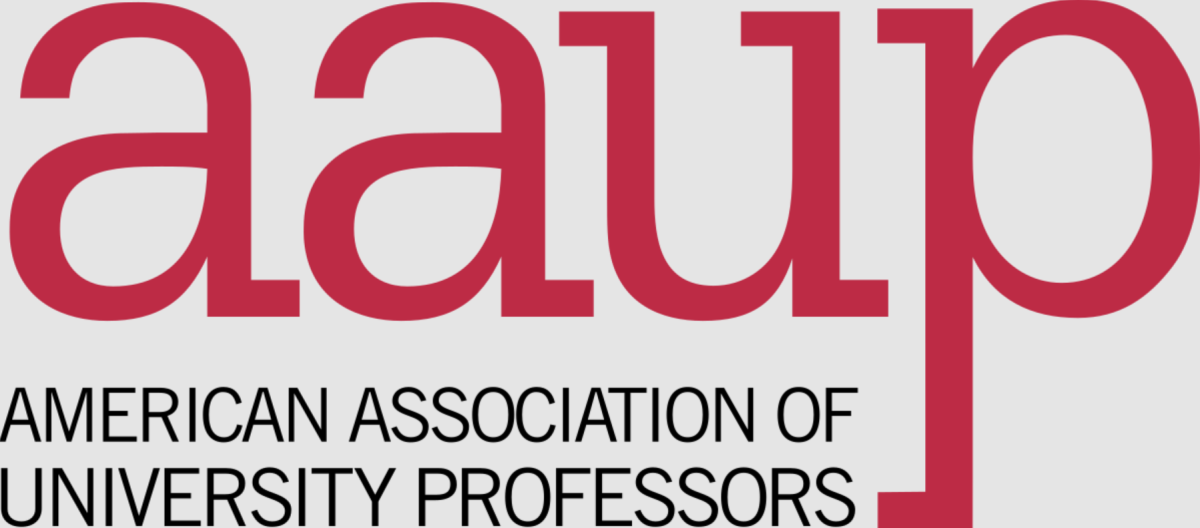The Trump administration has decided to put its focus on American innovation as one of the nation’s top priorities. And who can blame them? American innovation is one of the leading factors for us having the strongest economy in the word. It is what keeps our stock market booming with American companies like Facebook, Apple, Netflix and Google continuously making breakthroughs in their respective fields.
Innovation allows for the creation of jobs in our country and can lead to extraordinary amounts of wealth generation. So how exactly does the administration propose to do this? Tariffs. To uphold American innovation, the Trump administration would like to enact an economic policy that most economists disavow.
The president announced on June 25 that he would like to impose tariffs to prevent “further unfair transfers of American technology and intellectual property to China.” This came just a few days after the administration released a lengthy report entitled “How China’s Economic Aggression Threatens the Technologies and Intellectual Property of the United States and the World.”
It is disappointing that such an important issue is used as a scapegoat for bad policy, but this should not bring an end to the discussion on how to continue innovation in America. Instead of enacting an unpopular economic policy, the Trump administration should have seized this as an opportunity to bolster education in the United States. Fortunately, it could still commit itself to making this goal a priority.
Higher education is one of the driving factors in stimulating innovation. A study conducted by the Center for Economic and Policy Research came to a firm conclusion that “the number of inventors can be increased through educational policy.” In their study, Finland was analyzed because of the country containing the highest proportion of engineers out of any OECD (Organisation for Economic Co-operation and Development) nation. The study showed that the country’s intake of engineering students highly correlated with the amount of U.S. patents given to Finnish inventors.
One of the most practical ways of accomplishing this is by making access to higher education universal. Arguably the biggest barrier for people gaining access to college is the financial barrier. The ballooning student debt crisis acts as a massive deterrent for prospective college students whose futures would likely lead down the path of taking loans.
Part of the reason for the swelling in the cost of college is the disinvestment into higher education being done by state governments. According to New Republic, public universities received around 75 percent of their budget from state funding about a generation ago, which has dwindled down to only around 50 percent now. In order to make up the difference, many universities have footed the bill to students seeking access to these schools.
The effects of this have deeply affected the ability of low-income students to gain access to higher education. A Pell grant in the ‘70s would have covered around 80 percent of a student’s cost to the average public university. Now, that Pell grant can be expected to cover less than a third of the cost. With this being the reality of the cost of higher education, kids who are born into low-income families are put into positions where access to college is almost assured to straddle them with student loan debt.
Though NC State prides itself for its value and affordability, an in-state estimated cost of $23,976 is still incredibly prohibitive. For out-of-state students, that number rises to an even loftier cost of $43,522. With the median household income in NC being $50,584, it is easy to see why the price of college renders it inaccessible to many families.
Even with the Free Application for Federal Student Aid, many students have to pay sizeable costs. The U.S. Department of Education even recognized this in a federal blog post. Their solution to the problem: taking out loans, working while in school, and scholarships.
College Factual’s assessment of NC State concluded that the average amount of financial aid in a freshman plan is about $16,805 — 37 percent of which is awarded in the form of loans. Not only are loans already a part of this, but there’s still a difference of over $7,000 the student must pay.
When access is granted to higher education, the possibilities for innovation are endless in highly talented student populations. Access to higher education at NC State has lead to the founding of many different companies, most notably the founding of the SAS institute.
SAS boasts itself as the largest privately held software business in the world. The creation of SAS and the innovation it brought to the analytics software industry was made possible through the education James Goodnight and John Sall received while they attended NC State.
This type of innovation was certainly not made possible through the placement of tariffs on foreign countries. This innovation was a direct result of giving people the access to higher education. The next time this administration — or future administrations — clamor for American innovation, they should set their sights on easing access to higher education as a means to achieving their goal.














